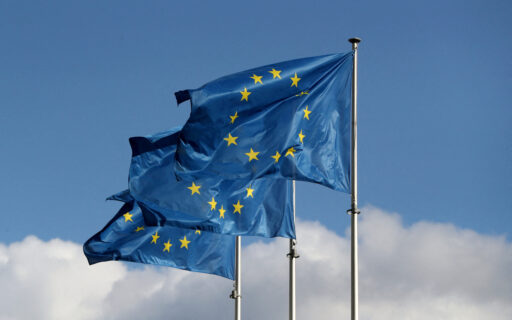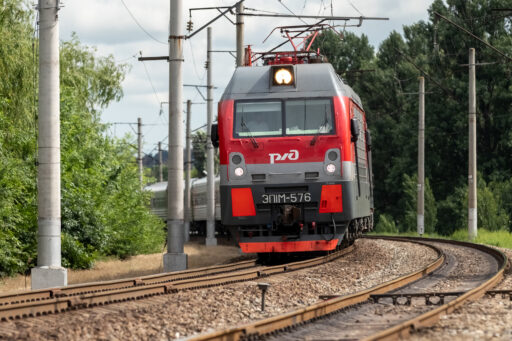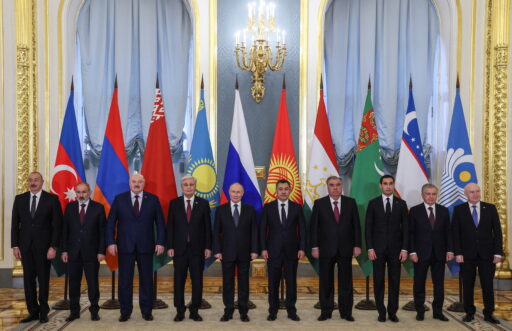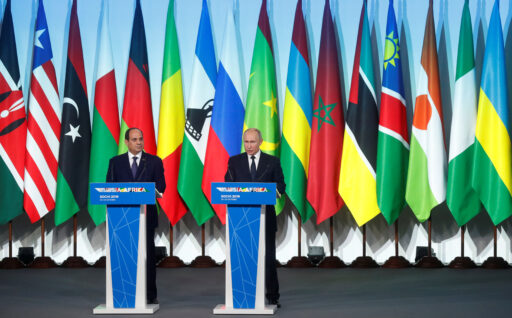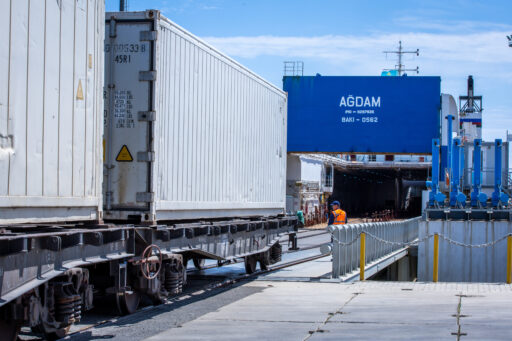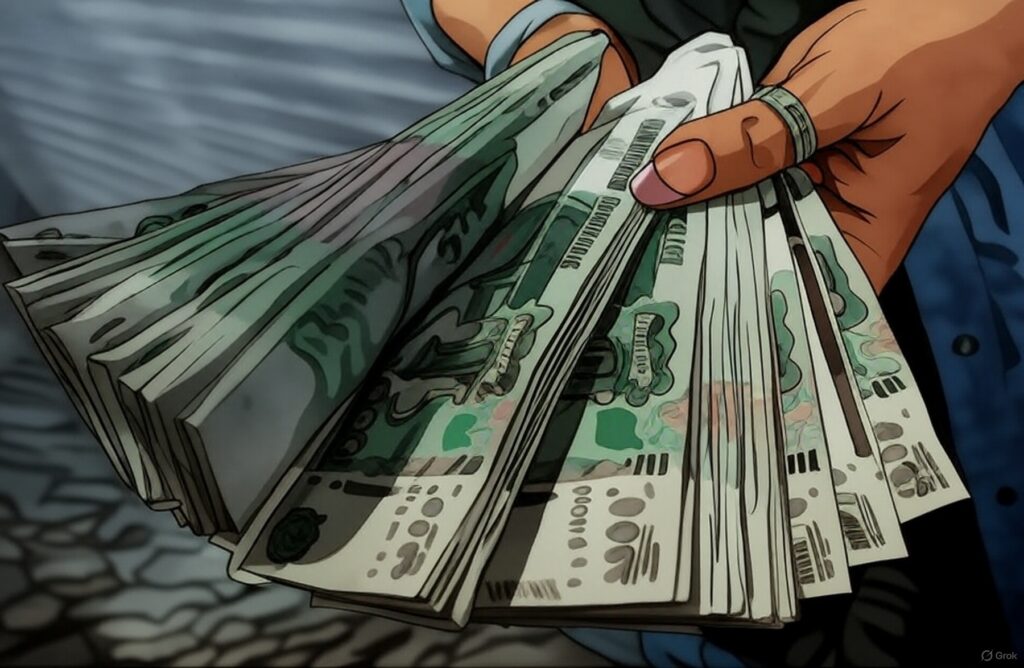President Trump’s increasingly erratic diplomacy and the abrupt U.S. withdrawal from a planned summit in London with Ukrainian delegation and key European allies do not bode well for a viable peace deal involving U.S. participation. The fact that Russian airstrikes on Kyiv prompted only an angry Truth Social post from Trump underscores Washington’s inability to assert its influence. Should the U.S. cease all intelligence-sharing with the Ukrainian government, the consequences would be dire, leading to the unnecessary loss of countless Ukrainian lives. Equally concerning, abandoning this arrangement would eliminate U.S. leverage over Ukraine’s target selection, potentially enabling more ambitious and aggressive Ukrainian strikes, such as disrupting oil exports via the port of Novorossiysk.
While Trump laments his failure to secure a deal he never knew how to deliver, Moscow officials are grappling with clear signs of a slowing consumer economy. President Putin assures business leaders and the public that the current GDP growth slowdown—1.9% annually for January-February—is a planned corrective to curb inflation. According to Russia’s Ministry of Economic Development, GDP growth was 2.5% last year. Taken at face value, these figures suggest the Russian economy is hitting its pre-COVID structural ceiling while allocating vast resources to the war and distributing large cash payments to contract soldiers. So, what is there to celebrate about a supposed «soft landing»?
A survey by INP RAN revealed that over 70% of Russian businesses see benefits from sanctions relief, which eases access to foreign inputs and goods. This is unsurprising, as much of Russia’s wartime industrial expansion has relied on Western parts rerouted through third markets. However, if sanctions are lifted, the surge in import-export businesses and funds flowing to local criminal networks could face challenges. Service companies, which cater to Russian consumers and benefit from over a decade of import substitution, are more resilient to foreign competition. Goods, however, are vulnerable, especially if Trump’s trade war redirects more products to unexpected markets.
Manufacturing has been a key driver of rising incomes, alongside war bonuses and labor shortages. But these high times are unsustainable. Rostselmash, Russia’s largest producer of agricultural machinery, is laying off 2,000 workers due to falling demand and high interest rates. This is a counter-signal at a time when other segments of the food industry are thriving—ice cream production rose 7.5% year-on-year for January-February, and butter production increased 4.3%. Areas of import substitution affected by sanctions are also performing decently; for example, Russian companies are beginning to produce power packs for data servers and telecoms domestically, and a major metal tooling plant for engines, ships, and aviation recently opened in St. Petersburg. However, the sectors driving growth are either military or military-adjacent or focused on meeting demand from Russian consumers increasingly opting for cheaper, non-imported goods.
The layoffs at Rostselmash are a critical indicator of broader trends tied to the lifecycle of business investments in capital goods and fixed assets. Demand is softening because capital purchases like tractors are not replaced frequently; businesses run them as long as possible or until a cheaper, more efficient alternative emerges. High interest rates exacerbate this issue, as these acquisitions are often financed, requiring exceptional earnings to cover commercial rates unless significant loan subsidies are available. Manufacturers face similar challenges, balancing inventory and production flows with available cash and loans for specific purposes or operational needs. While high interest rates can be managed temporarily, they eventually disrupt operations. The demand that fueled production expansion from 2022 to 2024 is drying up as companies hold onto existing equipment, struggle to finance new purchases, and face political pressure to limit price increases.
Since December, industrial output has been trending toward stagnation, further dragged down by declining investment in resource extraction. TsMAKP reported a sharp drop in labor demand, from 76.6 million jobs in December to 75 million in January, a larger decline than the 1 million drop seen in 2023−24. This suggests more than a planned adjustment is underway. Putin’s call to slow inflation is central to his narrative of a «soft landing» aiming for the Bank of Russia’s 4% inflation target by 2026. However, this target is not credible without significant economic pain for most Russians, and that pain is becoming increasingly likely.
With oil prices falling below $ 70 per barrel, Russia’s budget is at risk. Finance Minister Siluanov’s team planned the 2025 budget assuming oil at $ 70, and they are now considering revising the budget rule, which sets a price ceiling for oil and gas revenues, with excess funds directed to the National Welfare Fund. This effectively signals spending cuts, as maintaining a budget deficit around 2% of GDP—Russia’s benchmark since 2022—will be impossible otherwise. First-quarter revenues were down 9.8% compared to 2024, and further risks loom as OPEC+ plans to increase output. Siluanov is reportedly considering setting the budget rule’s price at $ 50 to preserve liquid reserves, though no final decision has been made. War and security spending are unlikely to be cut, leaving social spending as the primary target.
This situation is more alarming than in previous years. Siluanov has routinely proposed cutting discretionary spending by 10% since 2015, but the current context is different. From 2021 to 2024, manufacturing employment grew by only 7% (about 400,000 jobs), while construction, retail, and transport saw minimal or no growth. Approximately 60,000 more scientists were employed, likely for war-related work, but healthcare lost 100,000 workers, state administration 200,000, agriculture 100,000, and education 80,000. Cutting federal funds for these sectors will trigger layoffs that outweigh the benefits for manufacturing workers earning overtime.
Businesses are also pleading for increased spending on road maintenance. Following Putin’s call for six-year plans, the government allocated 2.4 trillion rubles for road maintenance through 2030—1.7 trillion rubles short of estimated needs. Rail exports to the south dropped over 7% in March, other trade routes saw seasonal declines, and the coal sector’s losses threaten the profitability of Russia’s rail system. Coal earnings support RZhD’s already underfunded investment program, and engineering challenges in the Far East will take years to resolve.
A tighter budget is primarily aimed at taming inflation to satisfy Putin without compromising war priorities. This approach is no longer sustainable. The underfunding of non-war needs is having a noticeable impact. Just as businesses do not replace tractors annually, chronic underspending on capital investments creates a growing backlog of unmet needs—a backlog that is only worsening.

